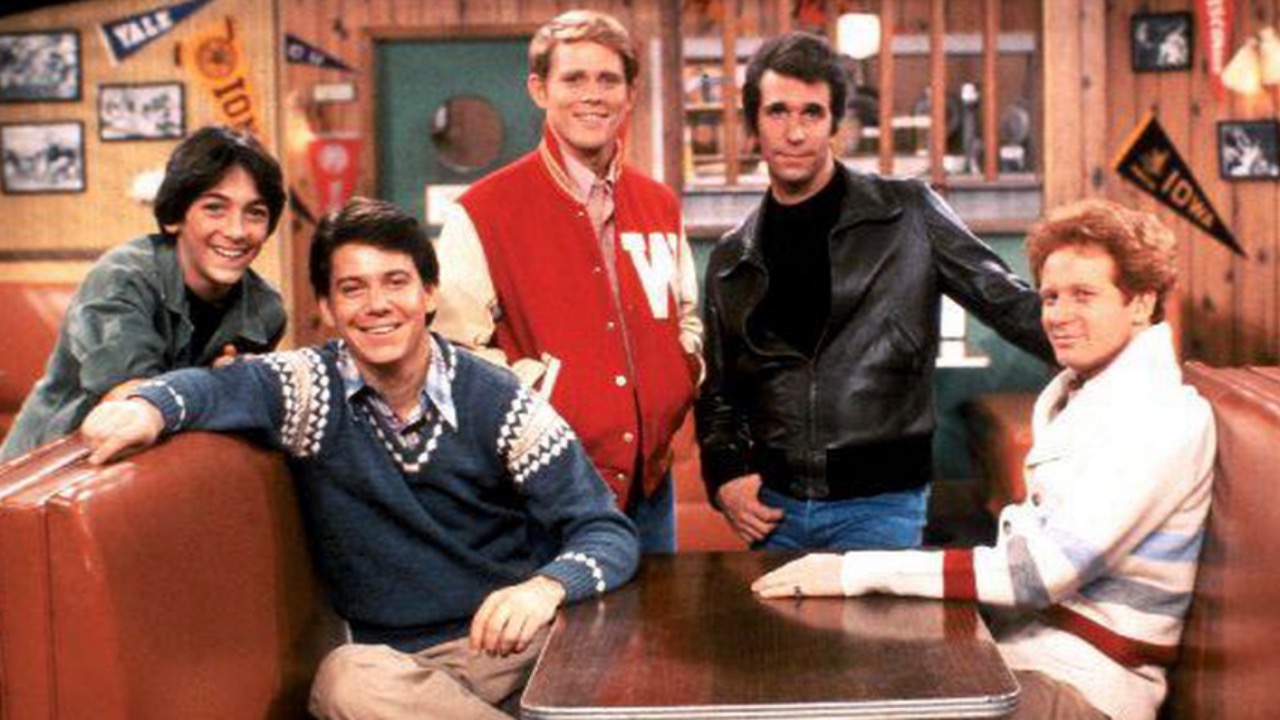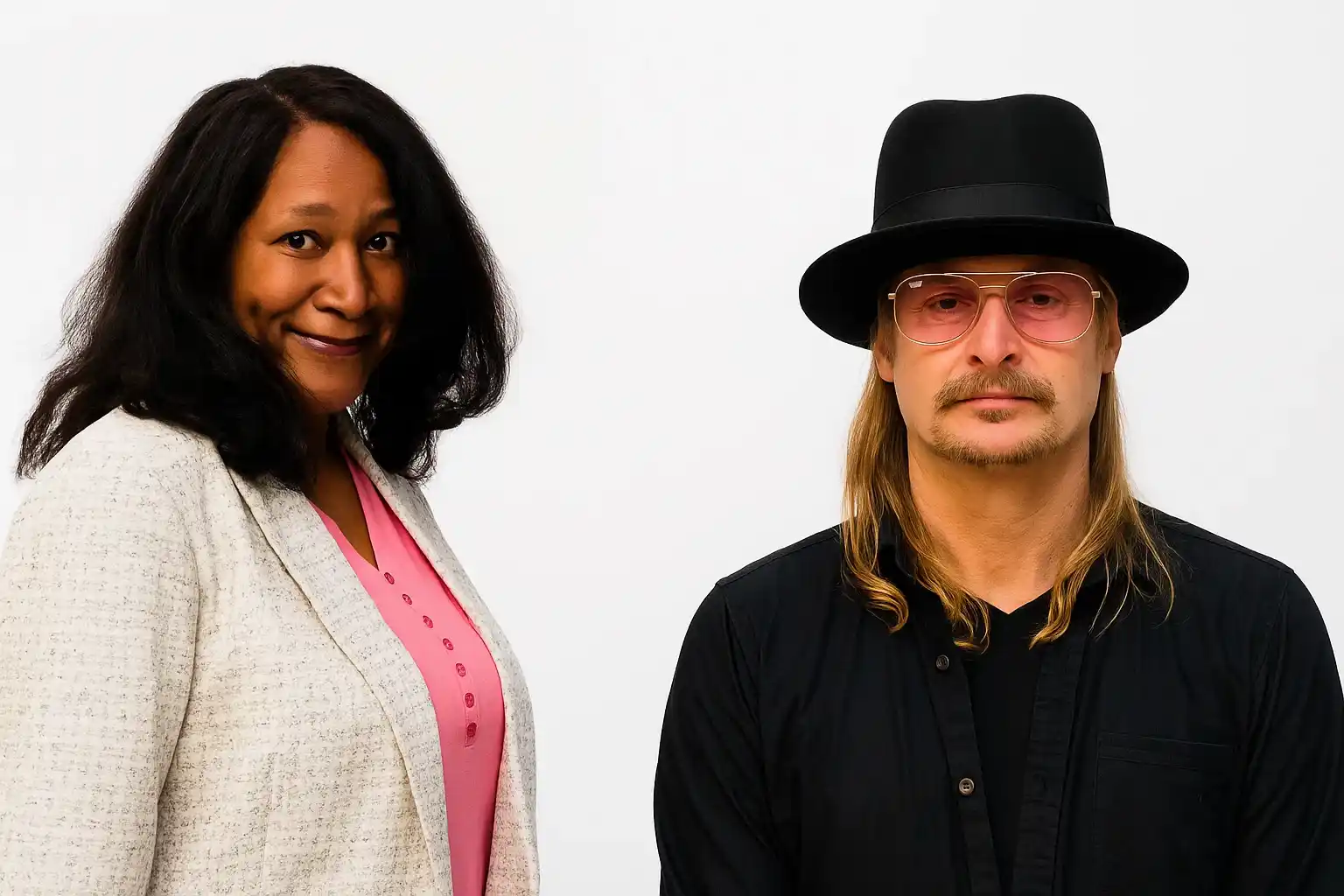The 1970s were a special time in television history. Many classic shows were created during this decade that still remain popular today. Among the most influential of all 1970 TV programs was The Mary Tyler Moore Show. It changed how people saw women on television and became a symbol of independence, humor, and progress.
This article will take you on a journey back to the world of The Mary Tyler Moore Show—its story, characters, themes, and why it became a turning point in television history.
The Beginning of a New Era in Television
The 1970s marked a shift in how TV shows were written and produced. Before that, most television shows followed simple plots, often centered around families, housewives, or traditional values. But in 1970, things started to change.
The Mary Tyler Moore Show debuted on September 19, 1970, and immediately stood out from other shows on the air. It was fresh, realistic, and funny. The main character, Mary Richards, was not a wife or a mother—she was a single, independent woman working in a television newsroom. This was something completely new for audiences.
It reflected real life for many young women who were beginning to focus on their careers and personal growth instead of traditional family roles.
The Story of The Mary Tyler Moore Show
The Mary Tyler Moore Show was set in Minneapolis, Minnesota. Mary Richards, played by Mary Tyler Moore, worked as an associate producer for the fictional WJM-TV news program. The show followed her experiences at work and her life at home, mixing humor with meaningful life lessons.
Mary was kind, intelligent, and optimistic. She faced everyday challenges with grace and confidence. The show’s writers made her a relatable character who represented the modern woman of the 1970s.
At work, Mary dealt with her tough but caring boss, Lou Grant, played by Ed Asner. She also worked alongside the funny news writer Murray Slaughter (Gavin MacLeod) and the not-so-bright but lovable news anchor Ted Baxter (Ted Knight).
Outside of work, Mary had close friends like her quirky neighbor Rhoda Morgenstern (Valerie Harper) and her landlord Phyllis Lindstrom (Cloris Leachman). Together, these characters created a lively and engaging world filled with humor and emotion.
Why The Mary Tyler Moore Show Was So Important
This show was much more than just a comedy. It broke many barriers in television.
- A New Kind of Woman on TV
Mary Richards was one of the first single, working women to be shown as the lead character in a TV series. She was independent and successful, showing that women could have fulfilling lives outside of marriage. - Realistic and Intelligent Writing
The dialogue was clever, and the stories were realistic. The show did not rely on slapstick humor. Instead, it focused on real issues such as friendship, career struggles, relationships, and personal growth. - Positive Work Environment
The Mary Tyler Moore Show gave viewers a behind-the-scenes look at a newsroom. It showed both the serious and funny sides of working life, making people appreciate how much teamwork went into producing a news broadcast. - Strong Supporting Cast
Every character had a unique personality that added depth to the show. Lou Grant’s tough love, Ted Baxter’s silly behavior, and Rhoda’s humor all played important roles in making the show unforgettable. - Empowerment and Progress
The show reflected the growing women’s movement of the 1970s. Many viewers admired Mary’s independence and determination. She became a role model for women everywhere, inspiring confidence and self-belief.
Memorable Episodes and Storylines
Throughout its seven seasons, The Mary Tyler Moore Show aired many unforgettable episodes. Some of the most famous ones include:
- “Love Is All Around” – The very first episode where Mary moves to Minneapolis and starts her new job at WJM-TV.
- “Chuckles Bites the Dust” – Considered one of the funniest TV episodes ever made. It deals with the death of a clown in a humorous yet emotional way.
- “The Last Show” – The final episode where the newsroom team faces layoffs. It’s touching and funny at the same time, making it one of the best endings in TV history.
These episodes showed how the series could balance comedy with deep emotions, making it one of the finest examples of 1970 TV programs.
Awards and Achievements
The Mary Tyler Moore Show received huge praise from both critics and audiences. It won 29 Emmy Awards, a record at that time. Mary Tyler Moore herself won several awards for her brilliant performance. The show was also honored for its writing, acting, and direction.
Many of the cast members later got their own spin-off shows, including Rhoda and Lou Grant, both of which became popular in their own right.
The Cultural Impact
The cultural influence of The Mary Tyler Moore Show can still be felt today. It changed how women were shown on television and paved the way for future series like Murphy Brown, Ally McBeal, and The Office.
It also showed that comedy could be smart and socially meaningful. The show taught viewers that laughter could go hand in hand with life lessons.
The famous opening sequence, where Mary throws her hat in the air, became an iconic moment in pop culture. It symbolized freedom, happiness, and the joy of independence.
Even decades later, this image remains a symbol of empowerment.
The Legacy of The Mary Tyler Moore Show
After ending in 1977, The Mary Tyler Moore Show continued to inspire future generations of actors, writers, and producers. It showed that television could tell important stories in a lighthearted way.
Modern TV creators often mention it as an influence. Shows like Friends and Parks and Recreation owe much to its groundbreaking storytelling style and character-driven humor.
The way it handled sensitive topics—such as loneliness, ambition, and friendship—set a new standard for sitcoms. It helped television move beyond simple entertainment to something more thoughtful and real.
Fun Facts About The Show
- The show was produced by MTM Enterprises, a company co-founded by Mary Tyler Moore and her husband, Grant Tinker.
- The MTM logo at the end of each episode featured a kitten meowing, which was a playful copy of the MGM lion logo.
- Many of the show’s writers later went on to create other successful programs, including Cheers and Frasier.
- The character of Rhoda Morgenstern was so popular that she got her own spin-off show, Rhoda, which was also a major success.
- The Mary Tyler Moore Show was one of the first TV shows to feature a female character using birth control—something considered bold and groundbreaking at the time.
Lessons from The Mary Tyler Moore Show
- Independence Is Empowering – Mary’s story encouraged viewers to follow their dreams and believe in themselves.
- Friendship Matters – The relationships between Mary and her coworkers showed that friends can become like family.
- Work Can Be Fulfilling – The show celebrated professionalism, teamwork, and passion for one’s job.
- Kindness and Humor Go a Long Way – Mary’s positive attitude and kindness helped her overcome challenges with grace.
Conclusion
When we look back at 1970 TV programs, The Mary Tyler Moore Show shines as one of the brightest examples of quality storytelling and timeless charm. It changed television forever by introducing a smart, independent, and funny female lead who inspired millions.
The show combined humor with heart, making people laugh while also teaching important lessons about life, friendship, and self-respect. It remains a masterpiece that continues to inspire even today.
Mary Tyler Moore’s legacy reminds us that with courage, kindness, and hard work, anyone can “turn the world on with their smile.”
FAQs
Q1: When did The Mary Tyler Moore Show first air?
It first aired on September 19, 1970, and ran for seven seasons until 1977.
Q2: What was the main theme of the show?
The main theme was the life of a single, independent woman working in a television newsroom while balancing her personal and professional life.
Q3: Who were the main characters?
The main characters included Mary Richards, Lou Grant, Ted Baxter, Murray Slaughter, Rhoda Morgenstern, and Phyllis Lindstrom.
Q4: Why was the show so popular?
It was loved for its smart writing, realistic characters, and positive portrayal of women’s independence and career growth.
Q5: Did The Mary Tyler Moore Show win any awards?
Yes, it won 29 Emmy Awards, making it one of the most celebrated shows in television history.
Q6: What made it different from other shows of its time?
Unlike most shows of the 1970s, it focused on a career woman rather than a housewife, showing her challenges and successes in a humorous and inspiring way.
Q7: What legacy did it leave behind?
It paved the way for future television shows featuring strong, independent women and intelligent comedy.
Final Thought:
The Mary Tyler Moore Show was more than just a TV series—it was a reflection of changing times, showing the rise of women’s independence, friendship, and hope. Among all 1970 TV programs, it remains a true classic that continues to inspire and entertain generations of viewers.










